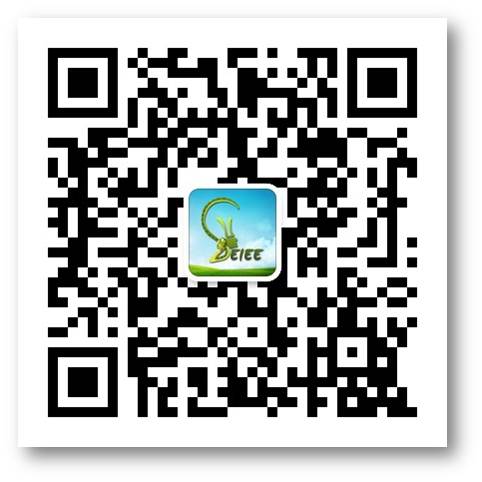- Home
- About Us
- Students
- Academics
-
Faculty
- Electrical Engineering
- Automation
- Computer Science & Engineering
- Electronic Engineering
- Instrument Science and Engineering
- Micro-Nano Electronics
- School of Software
- Academy of Information Technology and Electrical Engineering
- School of Cyber Security
- Electrical and Electronic Experimental Teaching Center
- Center for Advanced Electronic Materials and Devices
- Cooperative Medianet Innovation Center
- Alumni
-
Positions
-
Forum
News
- · Bin Dai's Team Unveils the Assembly Mechanism of β-Lactoglobulin Fibrils, Providing New Insights for the Development of Functional Nanomaterials
- · Mingyi Chen’s research group has made important progress in the field of analog-to-digital converter chips for brain-computer interface
- · Progress in the Development of Semiconductor Nanomaterials to Activate Pyroptosis for Cancer Therapy
- · Jiamiao Yang’s team achieved the high precision optoelectronic reservoir computing based on complex-value encoding
- · Significant Advancements in Resonator-Enhanced Quantum Sensing Achieved by Zenguihua's Team at the School of Sensing Science and Engineering
Energy Conservation for Image Retrieval on Mobile Systems
Where:Room 200, No.3 Seiee Building
Abstract:
Mobile systems have become major producers of multimedia contents. A smart phone can store thousands of images and this creates the need for better organization and retrieval of images. Content-Based Image Retrieval (CBIR) is a method to retrieve images based on their visual contents, instead of using tags entered by users. CBIR is computation and memory intensive and consumes significant amounts of energy. This study examines energy conservation for CBIR on mobile systems. We present three improvements to save energy: selectively loading image features, adaptively loading features based on overall similarities, and caching features in memory. We further investigate if energy can be saved by migrating parts of the computation to a server. We consider several factors, including wireless data rate, server speed, number of indexed images, and the number of image queries.
Biography:
Yung-Hsiang Lu is a visiting associate professor in the Department of Computer Science of National University of Singapore in Fall 2011. He is an associate professor in the School of Electrical and Computer Engineering of Purdue University, U.S.A. He received Ph.D. from Stanford University in 2002. His research focuses on energy conservation and resource management in computer systems, embedded systems, sensor networks, and mobile robots. He received a Career Award from the National Science Foundation in 2004 and the Purdue Class 1922 Helping Student Learn Award in 2008.
-
Students
-
Faculty/Staff
-
Alumni
-
Vistors
-
Quick Links
